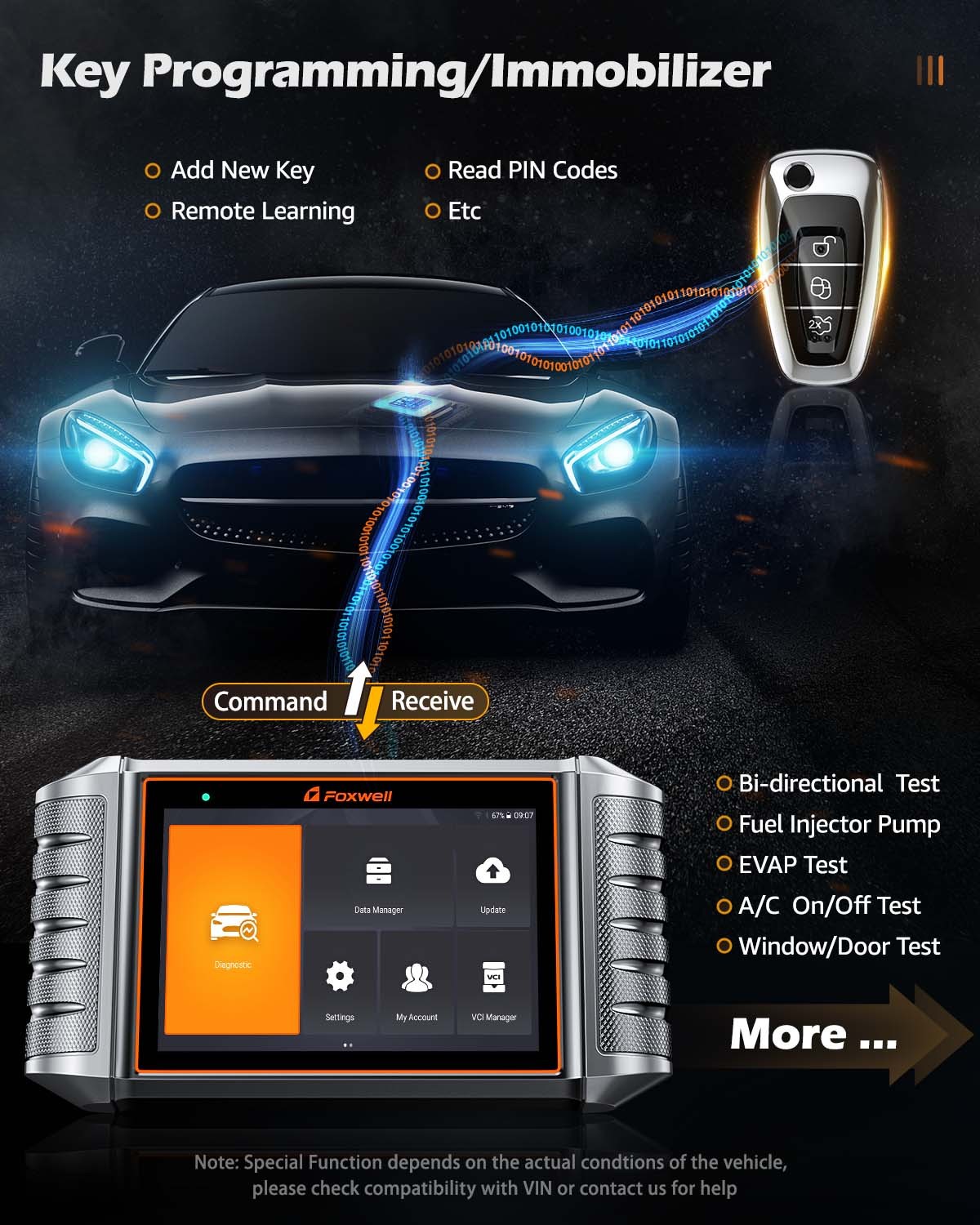OBD2 scanners have revolutionized car maintenance, offering crucial insights into vehicle health and preventing costly repairs. Scanners with Anti-lock Braking System (ABS) and Supplemental Restraint System (SRS) capabilities are particularly valuable for enhanced safety. This article explores the importance of these features, how OBD2 scanners interact with ABS and SRS, and key considerations when choosing the Best Obd2 Abs scanner.
Why ABS and SRS Features Matter in Your OBD2 Scanner
ABS prevents wheel lock-up during sudden braking, maintaining steering control and preventing skids. SRS encompasses passive safety features like airbags and seatbelt pretensioners, crucial for protecting occupants in collisions. An OBD2 scanner with ABS and SRS diagnostic capabilities can identify potential issues within these systems, ensuring optimal functionality and safety. Early detection of problems allows for timely repairs, preventing costly breakdowns and potentially life-threatening situations.
Understanding OBD2 Scanners: Capabilities and Compatibility
OBD2 scanners connect to a vehicle’s diagnostic port, retrieving data from its onboard computer. They provide information on engine temperature, fuel system status, and more. Advanced scanners can read and reset ABS and SRS codes.
Compatibility Across Vehicle Makes and Models
OBD2 standardization ensures compatibility with most cars and light trucks manufactured in the US since 1996. However, access to ABS and SRS systems varies depending on the scanner and the vehicle’s make and model. High-end scanners often offer customized diagnostics for specific brands. Always verify compatibility before purchasing a scanner.
User-Friendly Interfaces and Data Accuracy
Modern OBD2 scanners feature LED or touchscreen displays for intuitive navigation. Features like built-in diagnostic trouble code (DTC) libraries and troubleshooting tips simplify the diagnostic process. Data accuracy is paramount for effective troubleshooting. High-quality scanners provide precise readings, enabling accurate diagnosis and repair.
Connectivity Options: Wired and Wireless
Basic OBD2 scanners connect directly to the vehicle via a cable. Advanced models offer Bluetooth or Wi-Fi connectivity, enabling wireless data transmission to a connected device. This is particularly useful for mechanics who need to monitor vehicle diagnostics remotely. Wireless connectivity enhances flexibility and convenience in diagnostic procedures.
Decoding ABS and SRS: A Closer Look
Anti-lock Braking System (ABS) Explained
ABS is a crucial safety system that prevents wheel lock-up during hard braking, allowing the driver to maintain steering control and avoid skidding. By modulating brake pressure, ABS ensures optimal tire contact with the road surface, maximizing braking efficiency and stability.
Supplemental Restraint System (SRS) Explained
SRS comprises various passive safety features designed to protect occupants in a collision. Airbags, seatbelt pretensioners, and load limiters work in concert to minimize the impact forces experienced during an accident. A properly functioning SRS is essential for mitigating injuries.
How OBD2 Scanners Interact with ABS and SRS: Advanced Diagnostics
OBD2 scanners with ABS and SRS functionality go beyond basic code reading. They actively interact with these systems to diagnose and troubleshoot issues.
Reading and Clearing Diagnostic Trouble Codes (DTCs)
The primary function is to read and clear DTCs related to ABS and SRS. When a fault is detected, the scanner pinpoints the malfunctioning component or connection issue. Clearing codes after repairs ensures the system resets correctly.
Real-Time Data Monitoring and Bi-directional Control
Advanced scanners provide real-time data monitoring of ABS and SRS sensors, allowing technicians to observe system behavior during operation. Bi-directional control enables the scanner to activate specific components, like ABS solenoids or airbag warning lights, for testing purposes.
System Bleeding, Calibration, and Component Activation
Some high-end scanners offer features like automated ABS bleeding to remove air from the brake system after repairs. Calibration functions ensure accurate sensor readings. Component activation verifies the operational integrity of individual parts within the ABS and SRS.
Choosing the Best OBD2 ABS Scanner: Key Considerations
Selecting the right OBD2 ABS scanner requires careful consideration of several factors:
- Vehicle Compatibility: Ensure the scanner supports your specific car make and model, including ABS and SRS systems.
- Functionality: Determine the required features, such as code reading, data monitoring, bi-directional control, and system bleeding.
- User Interface: Choose a scanner with an intuitive interface and easy-to-understand data presentation.
- Connectivity: Decide between wired and wireless connectivity based on your needs and preferences.
- Budget: OBD2 scanners range in price from basic models to high-end professional tools.
Conclusion: Investing in Safety and Peace of Mind
An OBD2 scanner with ABS and SRS capabilities is an invaluable tool for car owners and professionals alike. It empowers users to proactively monitor and maintain critical safety systems, ensuring optimal vehicle performance and peace of mind. Choosing the best OBD2 ABS scanner for your needs can significantly enhance your car maintenance experience. Regularly scanning your vehicle with a quality OBD2 tool allows for early detection of potential issues, preventing costly repairs and ensuring a safer driving experience.


